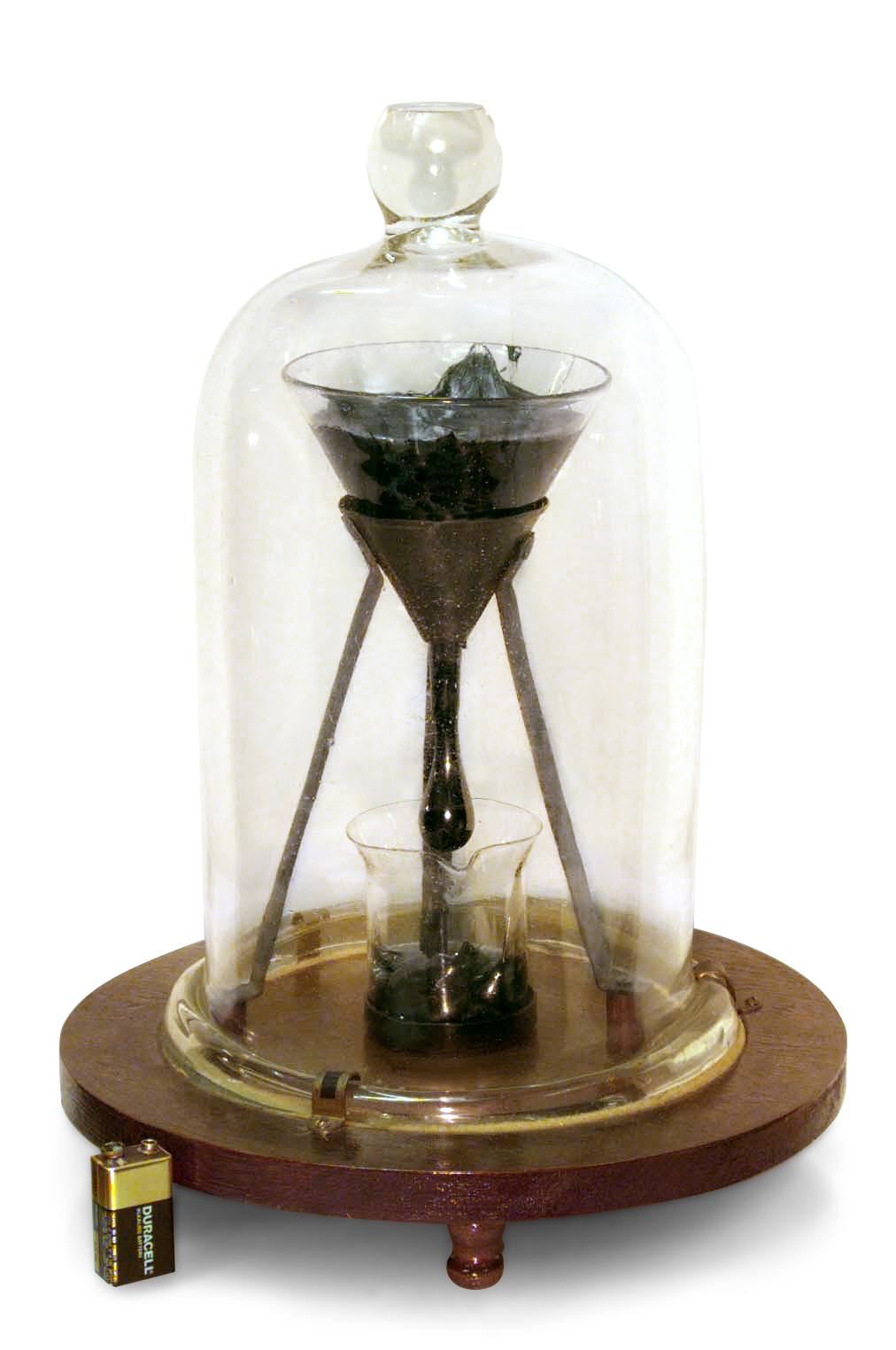
Puffins billing and cooing, etc
IF you could choose any superpower, which would you wish for? Some people choose invisibility or mind-reading (which both seem disrespectably sneaky if you ask me). Others would like to be able to speak in all languages (a good one, especially if you could also get bonus teleportation). But most people pick flight.
Humans seem to share an indefinable sorrow about being earthbound. It’s a mourning for some imagined paradise lost, and aeroplanes don’t make up for it. Being able to fly would be a recurring dream come true.
Someone once hijacked my flight fantasy by asking, well, how far would you actually fly, if you could fly? You’re hardly going to hazard a solo run to Farranfore, are you, let alone chance anywhere interesting? So what are you going to do, if you gain the ability to fly? Look at your house from above?
It’s true – who’s fit enough to fly south for the winter? – but yet… the wish persists. It’s a gift we’ve never had, the ability to control the influence of gravity by ourselves. It’s freedom. And yes, is the answer: Looking at your house from above would be a start.
At least part of the preoccupation with observing wild birds, and the wish to protect them, comes from that bittersweet flight envy. It seems improbably lucky, having started out as a dinosaur, to end up as a bird. Many of them can’t even walk, but they move in three dimensions, whereas humans are so doggedly attached to two that, even in imaginative escapades like Star Trek, you’ll notice the spaceships never fly upward or downward…
At the age of about nine, I borrowed a pocket-size hardback from the school library called Bird Spotting, by John Holland. At once I began to fancy that I was seeing impossibly rare breeds in my inauspicious west of Ireland suburb. I wrote a fourth-class essay on the song thrush, and its habit of assassinating snails by smashing them against a stone. It was the beginning of an enduring, arm’s-length flirtation with birdwatching, and the start of a lifelong career of not returning library books. I still use the same copy of Bird Spotting today.
A few years later, I was given a present of a book of Audubon’s illustrations – matchless, detailed paintings of birds. Then I discovered Audubon’s method: first he shot the birds dead and then he propped them up with wires to draw them as if in motion. It was a common enough practice in Audubon’s day but, oh, the betrayal, the juvenile sense of wrongness it provoked. It was enough to put you off birdwatching for life.
In truth, though, it wasn’t watching birds that was offputting, it was the thought of becoming a Birdwatcher with a capital B – possessed, insanely competitive, and badly dressed. One problem with serious birdwatching is that other people’s birds quickly become more interesting than one’s own. Birders would rather travel 500 miles to catch a glimpse of some foreign LBB (little brown bird) than sit in their own garden lazily observing the commonplace rituals of a goldfinch.
Happily, where I now live on Loop Head, you’re spared the trouble and expense of travelling, because other people’s birds come to you.
You wouldn’t suspect it at first glance. The place doesn’t look promising, being all but treeless but for a smattering of stunted, wind-pummelled half-trees that reach yearningly towards the east, giving every impression that they would rather be someplace else.
But Loop Head is a pilgrim site for birdwatchers. Every year, hundreds of them alight on the peninsula in their autumn plumage, standing around in the rain for hours and poking their binoculars into people’s gardens.
They record the passages of migrant seabirds which use Loop Head as a stopping-off point on their way to and from impossibly faraway places. One year they came to take notes on a little Canada Warbler that had got blown off course. It perched shyly in a neighbour’s shrub, implausibly yellow and tragically doomed.
It would be outrageous – ungrateful – not to develop your interest in birdwatching in a place like this. It would be like living on an Alp and not skiing, or living in Los Angeles and forgoing plastic surgery.
And so your calling as a novice birdwatcher takes flight. One Arctic Tern is perhaps all it takes. Arctic terns can live to be more than 30 years old, and they mate for life. This is the bird with the longest known migration, travelling about 20,000 kilometres from the Arctic summer to the Antarctic summer and 20,000 kilometres back again, stopping off at Loop Head on the way. Before the birds begin this formidable journey the entire colony falls silent. This is called the ‘dread’. Imagine it.
Grey Phalaropes are also seen here – little duck-like waders that have subverted traditional gender roles for some reason. The female, who is prettier, competes for a mate and then aggressively defends him. Once she’s laid her eggs she takes off southward, leaving him to incubate the eggs, raise the young and generally shift for himself.
We also get guillemots here, kittiwakes, shearwaters and great black-backed gulls. We get puffins, who rub their beaks affectionately with their mates’, known as ‘billing’. We get storm petrels, the smallest of all seabirds, named after St Peter for their appearance of being able to walk on water. We get gannets, which have binocular vision and can dive into the sea to fish from heights of 30 metres, reaching 100kph when they hit the surface. We get skuas, brigands of the skies, who live by stealing the catch of other seabirds, even those that are much bigger than them.
But no matter how dazzled you are by the sight of exotic and rare species, the affection for common garden birds doesn’t wane. It’s a daily satisfaction, for instance, noticing starlings making room for each other on a telegraph wire, or watching sparrows taking a communal bath, like Ancient Romans. And every gardener makes friends with a robin.
And there’s so much to be said for the crow family, even though they tend to arouse suspicion, perhaps because they’re wily enough to build a nest in one of your ears and rent out the other one. Crows have the largest brain relative to body size of any bird. Ravens have been shown to be as clever with tools as chimpanzees, while crows can recognise and distinguish human faces. And magpies, which so many people unaccountably loathe, well, magpies are simply beautiful.
Apart from the enchantment of seeing birds, there’s the ambient thrill of their music (and it may be all you get, considering how reclusive many birds are): The mellow piping of a blackbird, the exuberance of a skylark giving its all, the able mimicry of a starling. Mozart reputedly had a pet starling that could sing the first few bars of his piano concerto in G. It’s said that whatever you’re doing when you first hear the cuckoo is what you’ll be doing all summer. (Unfortunately, as often as not you’re hanging out washing.) Then there’s the clicking-whooping soundtrack to summer, which falls silent in September when the swallows take their leave, saddening everyone.
Birdwatching brings a new vocabulary too. You learn unfamiliar, softly percussive words like passerine, pied, pelagic… A colony of collective nouns builds nests in your memory: a murmuration of starlings, an exaltation of larks, a charm of finches, a parliament of rooks, a tiding of magpies, an unkindness of ravens…
Birds are always hungry, they spend half their time looking for love, they put everything they’ve got into making a home, they’re vain in their grooming habits, they prefer not to suffer alone, and they’re always worried about dying. No wonder we identify.
Two summers ago, my cat cornered a juvenile magpie in the hedgerow by my house. Magpies are notorious for taunting cats, and are usually the victors, so this was a rare turnabout.
There was no choice, as I saw it. Risking bramble scratch, beak strike and the anger of an indignant cat – perhaps, with some exaggeration, the way mothers have been known to show superhuman bravery to save their children – I swooped up the magpie and carried him to safety indoors.
The magpie – I’m still half-embarrassed to say I named him Luther – had a damaged wing. For some three days, he lived in the sitting room, at first flapping uselessly about in terror but then gradually becoming friendly. He graciously accepted cat food from my hand, placidly surveyed the outdoors from the windows (or perhaps admired his hint-of-purple reflection), and crapped wherever he liked. Then, when his flight seemed to have recovered, I carried him, perched on my finger, to the nearest tree. Before long his parents were hovering above, calling him. When he was ready, he flew away. Like a mother whose young have flown the nest, I have nothing but the photos to prove I was ever necessary to him.
I understand wildlife experts might take a poor view of this. But what apology can you make to the sort of people who keep filming while an animal flails about in desperation and hunger, who believe that the best moral stance is not to get involved, to let nature take its ruthless course – and who believe, moreover, that they’re doing you a service by making you watch?
This year I sawed a limb off my sycamore tree because a starling was trapped in it. He was dangling, panic-stricken, from a branch, attached to a shred from an accursed plastic bag. Seeing him fly away was a fine moment, an exalted moment.
The human identification with birds, the wish to safeguard their freedom, is a reflection both of our higher selves and of our realisation that, unlike them, we are prisoners of the flat earth. So we watch them, and marvel at them, and protect them, and sometimes meddle in their tiny lives, and it makes us feel better about ourselves.
Published (edited) in the Irish Daily Mail, 27th April 2013




